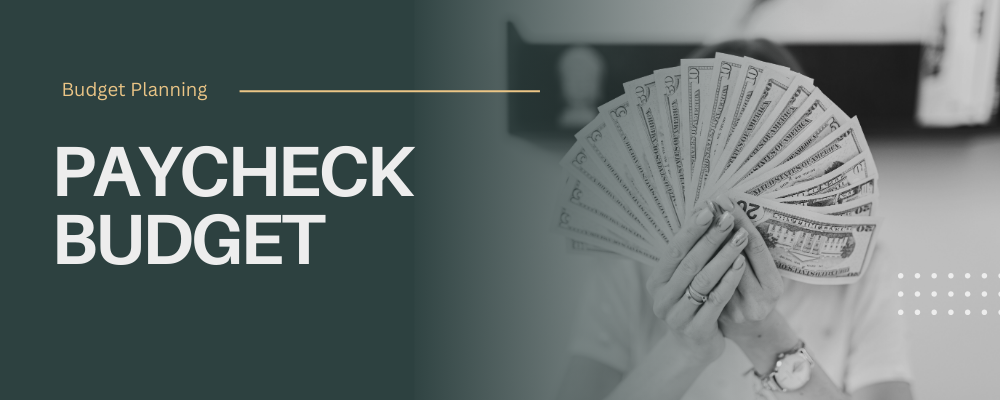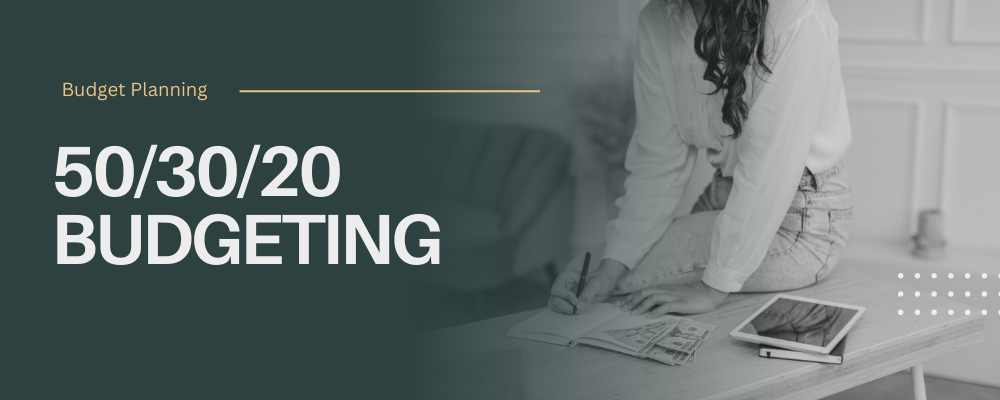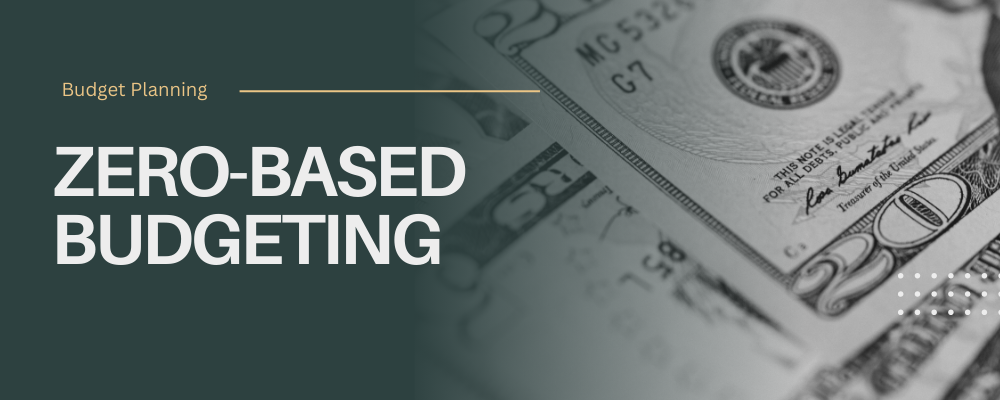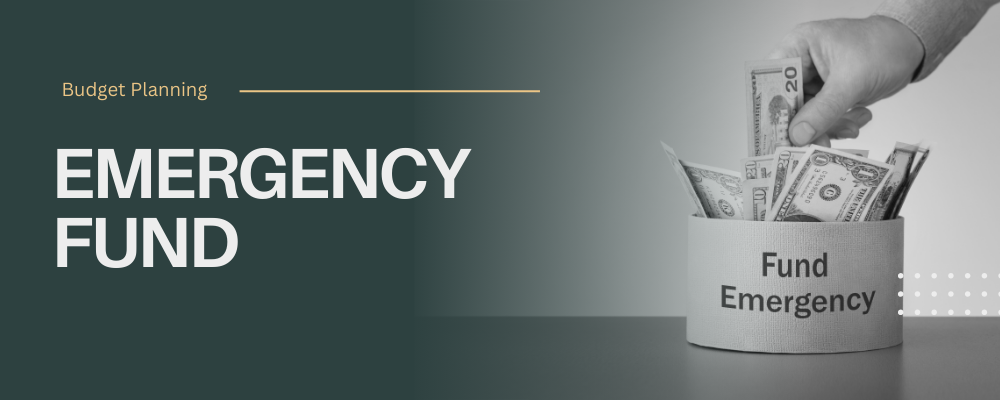Living paycheck to paycheck can feel like an endless cycle. You’re working hard, but the money seems to disappear before the next payday rolls around. You’re not alone, many people find themselves in this same situation.
The good news? It’s totally possible to break free! By starting a budget, you’re taking the first step toward gaining control over your finances. With a few strategic tips and some patience, you can build a stable financial future.
Understanding Your Financial Situation
Getting a handle on your financial picture is the first step towards breaking free from the paycheck to paycheck cycle. By taking a closer look at your income, expenses, and spending habits, you’ll arm yourself with the information needed to create a budget that actually works.
• Assessing Your Income and Expenses
Start by gathering all your sources of income. Whether it’s your regular salary, side hustles, or even irregular gig payments, note them all down. Next, take a deep dive into your expenses. This includes everything from your rent or mortgage payment to your daily coffee fix.
To make things simpler:
– List out all regular monthly sources of income.
– List out all fixed monthly expenses (more on these later).
– Track and list your everyday spending for a month or two.
Having a clear picture of what’s coming in versus what’s going out will lay the foundation for your budget.
• Identifying Variable vs. Fixed Costs
Understanding the difference between fixed and variable costs is crucial for effective budgeting. Fixed costs are expenses that remain constant each month, like rent, utilities, and car payments. These are the non-negotiables that you can count on month after month.
On the other hand, variable costs fluctuate based on usage or desires. These are the groceries, dining out, entertainment, or any unexpected expenses that may pop up. Identifying these will help you determine where you might need to cut back or adjust to meet your financial goals.
Make a list:
– Fixed Costs: Include these essentials as a part of your foundation.
– Variable Costs: Look out for flexibility here if adjustments are needed.
• Recognizing Spending Patterns
Most of us have spending habits we may not even be aware of. Take the time to review your expenses and identify any patterns. Are you regularly eating out due to a busy schedule? Do clothing sales tempt you more often than you’d like? Pinpointing these patterns is the key to making mindful changes.
For instance:
– Track spending categories to see where most of your money goes.
– Use bank statements or a budgeting app to highlight recurring purchases.
– Take note of impulse buys and brainstorm strategies to minimize them next month.
Understanding your spending patterns is essential for creating a budget that you can stick to, and that feels less like a restriction and more like a mindful choice.
Creating a Realistic Budget
Once you understand the nuances of your financial situation, it’s time to construct a budget that is practical and achievable. This involves setting realistic goals, picking a budgeting technique that resonates with you, and making sure your essential needs and savings are covered.
• Setting Specific Financial Goals
Goals, both big and small, give your budget direction. Consider what you want to achieve financially. Do you aspire to have an emergency fund? Is a debt-free life calling your name? Or maybe there’s a trip you’ve been dying to take. Your goals will guide your budgeting decisions.
– Short-term Goals: Pay off a credit card, save for upcoming expenses like a vacation or holiday shopping.
– Long-term Goals: Build an emergency fund, save for a down payment, plan for retirement.
Having clear goals in sight will motivate you to stick to your budget and celebrate progress along the way!
• Choosing the Right Budgeting Method
Every budget is not one-size-fits-all, so finding a method that works for you is crucial.
– The 50/30/20 Rule: Allocate 50% of your income to needs, 30% to wants, and 20% to savings and debt repayment. This helps balance essentials and extras.
– Zero-Based Budgeting: Give every dollar a job until your income minus expenses equals zero. Ideal for those who love detailed planning.
– Envelope System: Use cash for different spending categories. Once the money is gone, you stop spending. Great for controlling discretionary spending.
Try experimenting with different methods or combining elements from a few until you find what suits your lifestyle best.
• Allocating Funds for Essentials and Savings
The art of budgeting lies in prioritizing essentials without neglecting your savings. Allocate the needed funds for basics like rent, utilities, groceries, and transportation first, as these are non-negotiable.
Then, focus on savings. Start small if necessary, but make saving a habit. Even if it’s just a few dollars a month, having a cushion can be empowering. Consider sub-savings categories like emergency funds, retirement, or goal-specific funds to align with your aspirations.
– Prioritize essentials in your budget.
– Designate a set savings amount each month, no matter how small.
– Adjust discretionary spending categories like entertainment, dining out, and hobbies.
By making intentional choices with your funds, you’ll pave the way towards financial freedom, breaking free from the paycheck to paycheck cycle. Budgeting may feel daunting at first, but remember, it’s simply about making your money work for you in a way that serves your life goals.
Implementing and Sticking to Your Budget
Alright, you’ve got a budget drafted, congrats! Now comes the crucial part—putting that plan into action and staying the course. While this journey might have its challenges, it’s important to remember that small, consistent steps can lead to significant changes. Let’s dive into some strategies to make sticking to your budget an easier task.
• Using Tools and Apps for Budget Tracking
Welcome to the age of technology, where there’s literally an app for everything—including budgeting! Whether you’re an Android aficionado or an Apple enthusiast, there are plenty of tools designed to help you manage your finances like a pro.
– Mint: It’s a classic for a reason. Mint syncs with your bank accounts, tracks expenses, and even provides bill reminders.
– YNAB (You Need A Budget): This app isn’t just about tracking; it’s designed to help you plan ahead, making it perfect for breaking the paycheck-to-paycheck cycle.
– PocketGuard: As the name suggests, this app helps you see how much pocket money you have remaining after budgeting for your bills and necessities.
These digital tools help you keep an eye on your spending in real time, making it easier to stick to your budget and avoid financial pitfalls.
• Developing a System for Regular Financial Review
A budget isn’t a “set it and forget it” kind of deal. You need to regularly revisit your budget to ensure it’s still working for you. Consider setting aside a time each week—or at least once a month—to review your financial situation. During these reviews, check your spending against your budget, adjust allocations if necessary, and plan for upcoming expenses.
Here’s a quick checklist for financial review sessions:
– Look at your current financial standing: How much have you spent, and how much do you still have available in each category?
– Evaluate your spending habits: Did you splurge on takeout more than expected, or did that impulse buy eat into your grocery budget?
– Adjust and reset: Based on your findings, tweak your budget for the upcoming months to better align with your financial goals.
These review sessions are a perfect time to acknowledge your financial victories—no matter how small—and pave the way for consistent budgeting success.
• Building a Support System for Accountability
Budgeting doesn’t have to be a solo adventure. Whether it’s a supportive partner, a friend who’s walking the same budgeting path, or a community group, having accountability partners can be incredibly helpful. Share your goals with them, and keep each other in check with regular updates on your progress.
Here are some ideas for finding that support:
– Join online forums or social media groups focused on personal finance and budgeting.
– Start a budgeting club with friends or colleagues.
– Engage a financial coach or mentor for their expertise and guidance.
Talking about money can be awkward, but finding your tribe can offer camaraderie, encouragement, and fresh ideas that can bolster your budgeting efforts.
• Overcoming Common Budgeting Challenges
Let’s face it, life is unpredictable, and despite your best-laid plans, things don’t always go smoothly. Sticking to a budget when you’re living paycheck to paycheck comes with its own set of challenges, but there are ways to overcome them.
• Dealing with Unexpected Expenses
They say the only certainty in life is uncertainty. Unexpected expenses can spring up at any time, but they don’t have to derail your budgeting efforts. Start by setting up a small emergency fund. Aim to save whatever you can each month, even if it’s just $10 or $20. Over time, this will create a cushion for any unforeseen expenses.
If an unexpected cost arises, such as a car repair or medical bill, use this fund strategically. If your fund doesn’t quite cover the whole expense, prioritize and adjust your spending plan accordingly, cutting back where you can to make ends meet. Remember, the aim is to minimize financial strain without falling back into bad habits.
• Avoiding Lifestyle Inflation
Lifestyle inflation, or the tendency to spend more when you earn more, is a sneaky pitfall that can affect your budgeting success. It’s easy to let higher earnings translate into higher expenses, but staying mindful of your financial goals can help you keep lifestyle inflation in check.
Here are some strategies to avoid this trap:
– Increase your savings rate when you get a raise rather than increasing your spending.
– Reflect on what truly adds value to your life. Sometimes, more isn’t better.
– Set boundaries for discretionary spending and stick to them, regardless of any income boosts.
By staying grounded and reminding yourself of your long-term objectives, you can keep lifestyle inflation at bay and continue making progress towards financial security.
• Adjusting Your Budget as Needed
Life evolves, and so should your budget. Be open to revising your budget as your circumstances and priorities change. Whether it’s a change in your income, a new financial goal, or unexpected life events, adjust your budget allocations to reflect these changes.
– Increased income: Channel a portion towards debt repayment or bolstering savings.
– Life changes: A new baby, moving cities, or any substantial life changes may require revisiting your financial plan.
– Unexpected events: Allow room to absorb any surprises by reallocating resources intelligently.
Regularly updating your budget ensures it runs efficiently and aligns with your current lifestyle and objectives. Flexibility is key to maintaining financial health and progressing toward ultimate money mastery.
Sticking to a budget when you’re living paycheck to paycheck might seem daunting, but with a structured approach and a dose of determination, it’s entirely achievable. With these strategies and adjustments, you can transform your financial outlook and take meaningful steps toward fiscal stability and freedom.
Conclusion
Budgeting when you live paycheck to paycheck may seem daunting at first, but with determination and consistent effort, it’s totally possible to regain control over your finances. Remember, every small step you take is a step toward financial freedom.
Start by tracking your expenses, prioritizing your needs over wants, and sticking to your budget as closely as possible. By staying committed and using these tips, you’ll find yourself on a path toward financial stability and peace of mind.
-
Yearly Habit Tracker Google Sheets Template
$25.00$50.00





